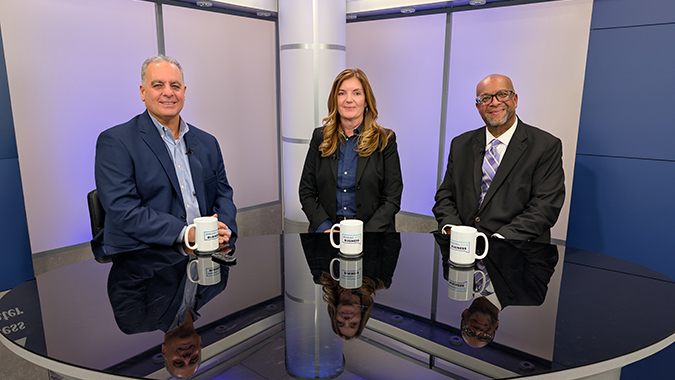The State Health Benefits Quality and Value Task Force, established by Gov. Phil Murphy under Executive Order 31, recently released its report Improving Healthcare Outcomes and Managing Costs.
The report evaluates some of the key cost drivers for the State Health Benefits Program (SHBP) and the School Employees’ Health Benefits Program (SEHBP). Additionally, the report sets forward nine strategies to improve outcomes and bring down costs for participants in these programs, focusing on primary care, behavioral health, and specialty care.
The report acknowledges the role primary care can play in health services, stating that primary care providers have the capacity to influence 50% of total claims costs. Moreover, the report notes that individuals with one or more chronic conditions account for a large share of total costs: 1-2% of members have three or more chronic conditions, but they account for 10-20% of total spending.
Primary care can influence this spending by better coordinating care which can produce better outcomes and cut down unnecessary spending. The report recommends adopting value-based payments for advanced primary care, direct contracting for primary care, and enhanced member navigation services.
When it comes to behavioral health care, the report notes that access to care is a key issue: 57% of adults with mental illness did not receive care in the last year. Additionally, care becomes more expensive when individuals have more than one condition, meaning that untreated mental health issues can add costs down the line.
The Task Force recommends integration of primary care and behavioral health, direct contracting with providers of behavioral health, and investing in the behavioral health workforce to address workforce shortages.
Finally, the Task Force provided strategies to improve specialty care which currently accounts for 40% of SHBP/SEHBP total benefits spend. The Task Force recommends adopting reference-based pricing, a centers of excellence model, and episode-based payment.
The Task Force anticipates that an $8-10 million investment would be needed in the first year, but expects that additional investments in later years would be offset by savings realized. In total, it projects savings at $380-420 million in the first five years, plus an additional $160-180 million annually thereafter, net of investments. However, these savings are contingent on full and adequate implementation of all strategies.
To read the full report, click here.




